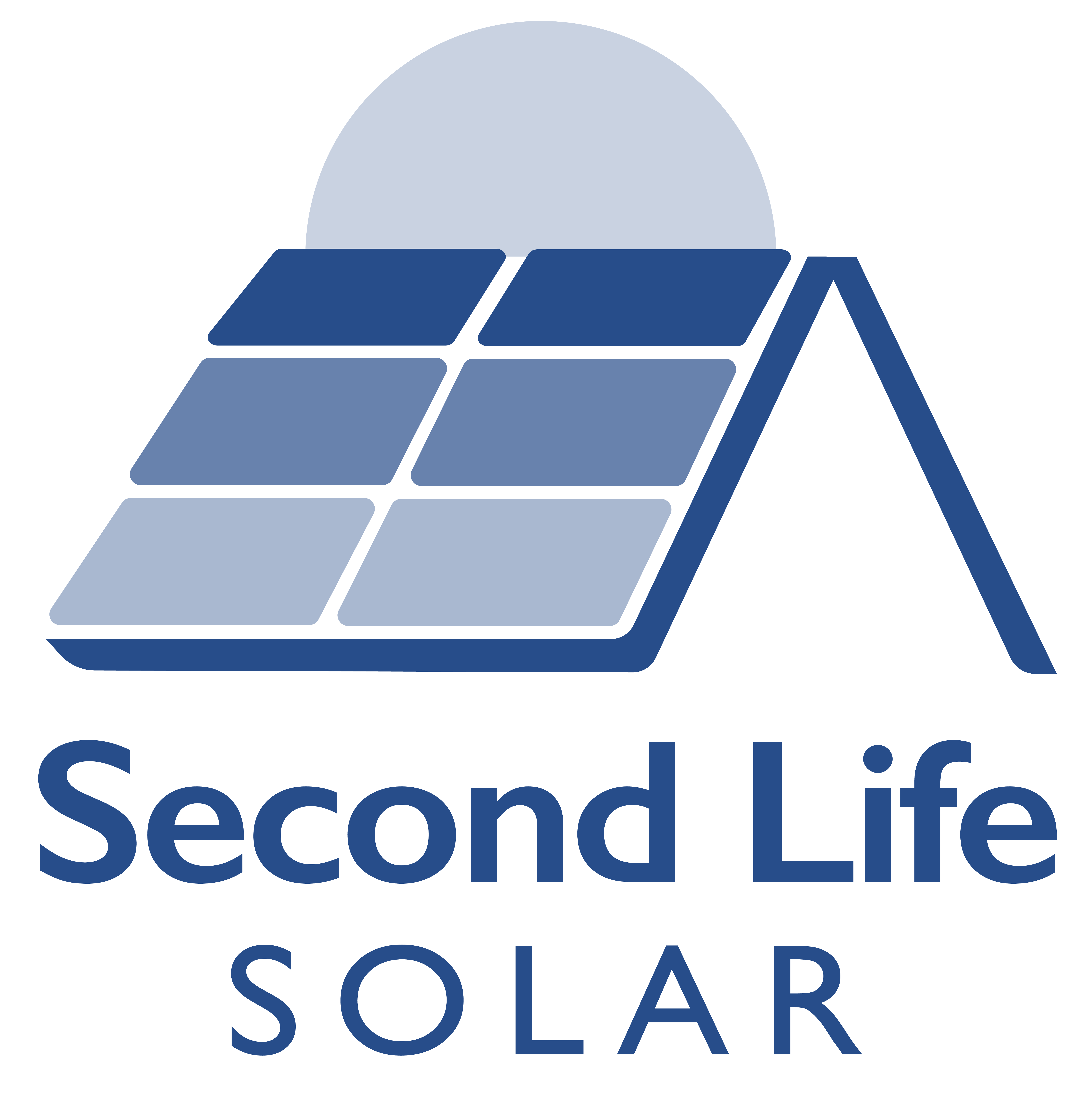As the world embraces solar power to meet energy needs, the question of what happens to solar panels at the end of their lifespan has become increasingly important.
Thankfully, the answer is encouraging: solar panels can be recycled. With the right approach, recycling not only minimises waste but also supports a sustainable circular economy.
Solar panels are designed to last a long time—usually around 25 years, with some even performing efficiently for up to 30 years. However, when they eventually reach the end of their life, it’s essential to dispose of them responsibly.
Solar panels contain valuable materials like silicon cells, glass, and an aluminium frame that can be recovered and reused. Recycling these components reduces the need for extracting new raw materials, helping to preserve natural resources.
The recycling process for solar panels is both efficient and effective. It typically involves disassembling the panel to separate its components. Here’s a simple breakdown:
In regions with high numbers of solar panels installed, including solar panels in the UK, specialised recycling facilities have been established to handle the growing demand.
Additionally, there are strict legal requirements for the disposal and recycling of panels under guidelines for electrical and electronic equipment, ensuring that businesses and individuals responsibly manage their old systems.
Recycling isn’t the only solution for old panels. Buying used solar panels is an increasingly popular choice for businesses and individuals looking to save money and reduce waste.
Here’s why it’s a great idea:
Cost-Effective: Second-hand panels are more affordable than new ones, helping reduce the upfront costs of adopting solar energy.
Environmentally Friendly: Giving panels a second life delays the need for recycling and reduces demand for new semiconductor materials and manufacturing processes.
Proven Performance: Many second-hand panels still have years of life left, with warranties often covering up to 25 years or more. You can enjoy reliable solar power without compromising quality.
By choosing second-hand panels, you’re not just saving money—you’re actively supporting the circular economy.
As solar PV adoption continues to grow, so does the need for innovative recycling methods. Advances in solar technologies are making it easier to recover more materials from panels while reducing environmental impacts. With improvements in efficiency, recycling will play an even bigger role in the solar industry’s sustainability story.

At Second Life Solar, we specialise in supplying used solar panels to buyers worldwide.
© All Rights Reserved.